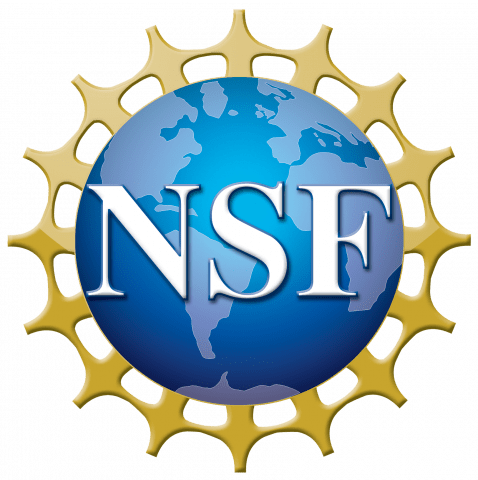
The demand for raw materials has consistently created conflict and environmental damage throughout human history. Diverse and emerging technologies create new markets and needs for raw materials, including rare earths, tantalum, lithium, indium, gallium, tellurium, cobalt and the precious metals gold, platinum, and palladium, among other elements. Primary production of these elements by mining is environmentally taxing due to the processes involved and their byproducts. And many raw material supply chains contribute to pollution, produce large amounts of greenhouse gases, and promote political instability. Recycling of critical metals remains economically non-competitive with primary production through mining. And there is a significant gap in the fundamental chemical knowledge needed to achieve a meaningful shift.
The grand challenge of the Center for the Sustainable Separations of Metals is the discovery of new fundamental chemical separations methods that enable >99% recycling rates of valuable metals from consumer products and processes at comparable or lower costs than current market prices. The new chemistry will also radically improve mining practices by providing greener, more sustainable solutions to metals separations challenges. Efforts in the center are developing radically new, collaborative, interdisciplinary chemistry that will catapult creative, efficient, sustainable solutions, promote the growth of new businesses, reduce international dependencies, pollution caused by mining, and the potential for resource conflicts.
 National Science Foundation
National Science Foundation
This material is based upon work supported by the National Science Foundation under the Center for Sustainable Separations of Metals (CSSM), grant number CHE-1925708. Any opinions, findings, and conclusions or recommendations expressed on this website are those of the participants and do not necessarily reflect the views of the National Science Foundation or the participating institutions.
